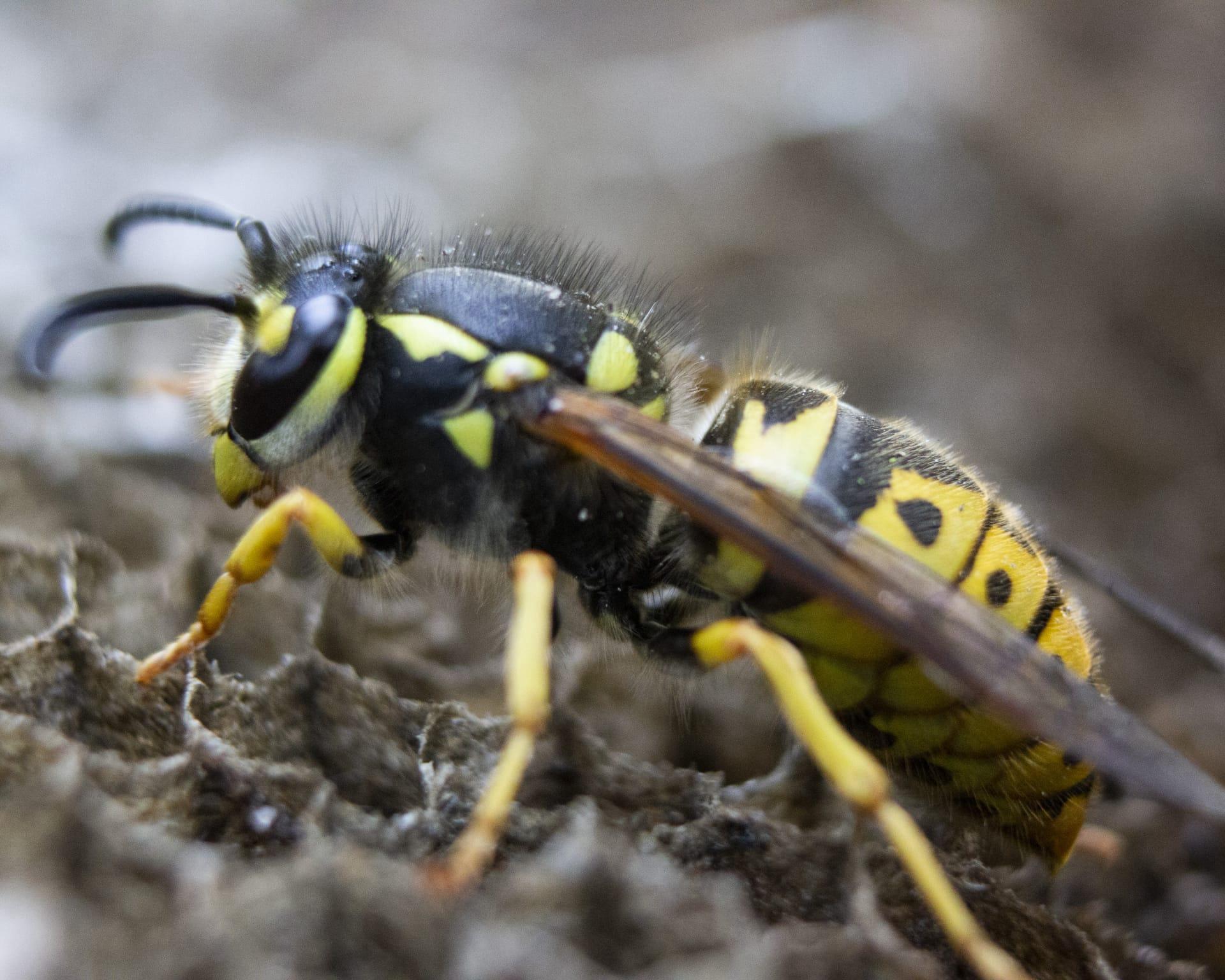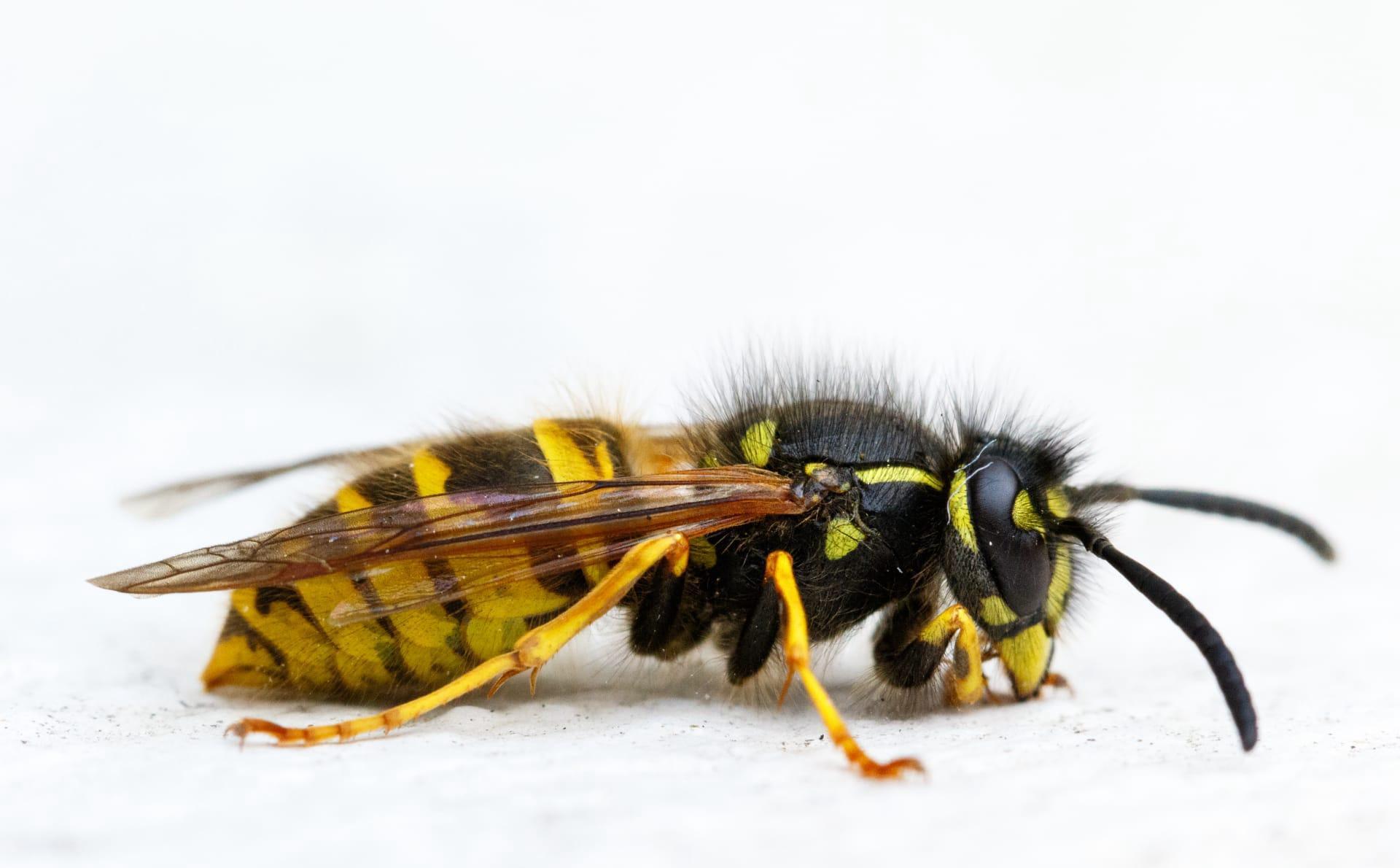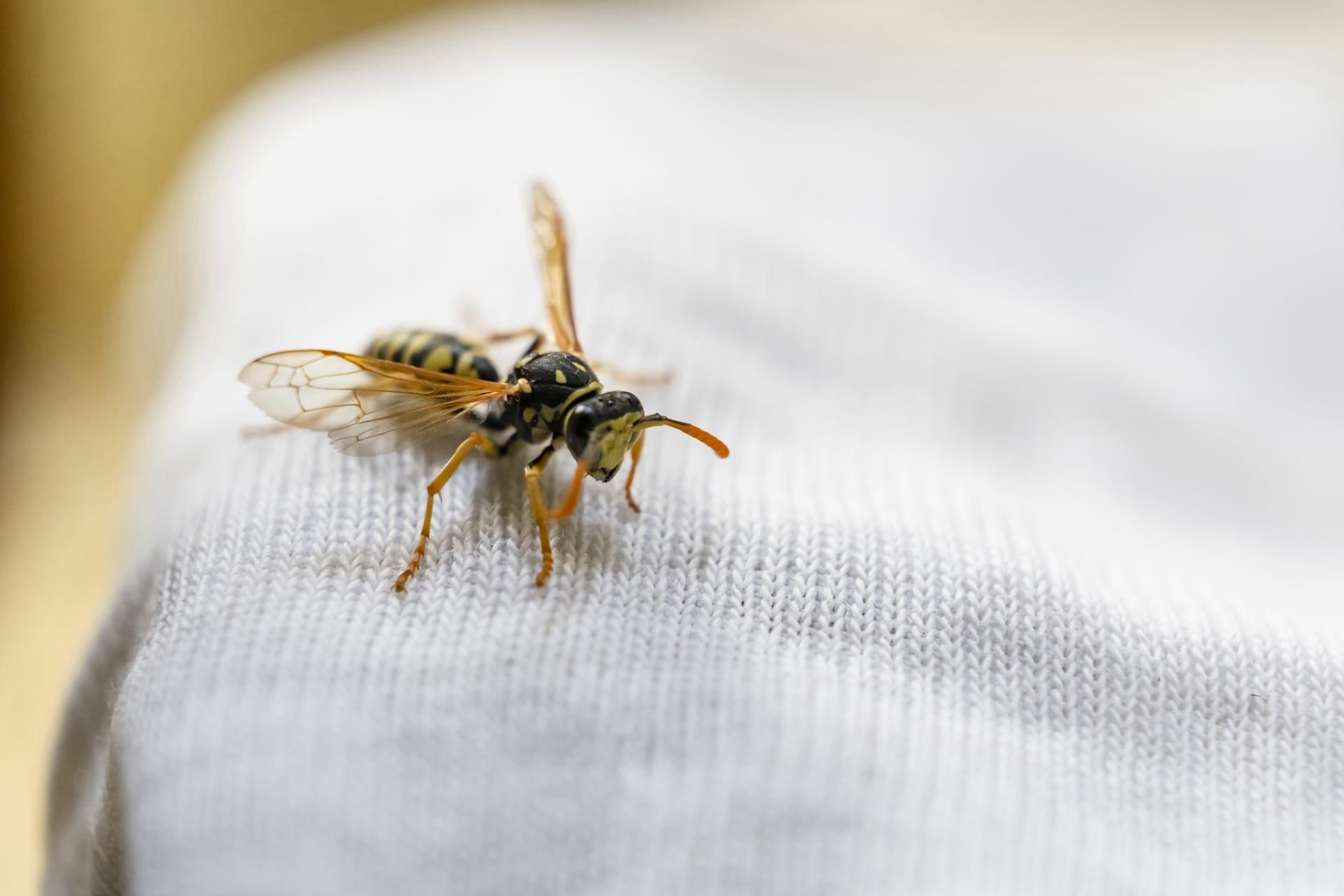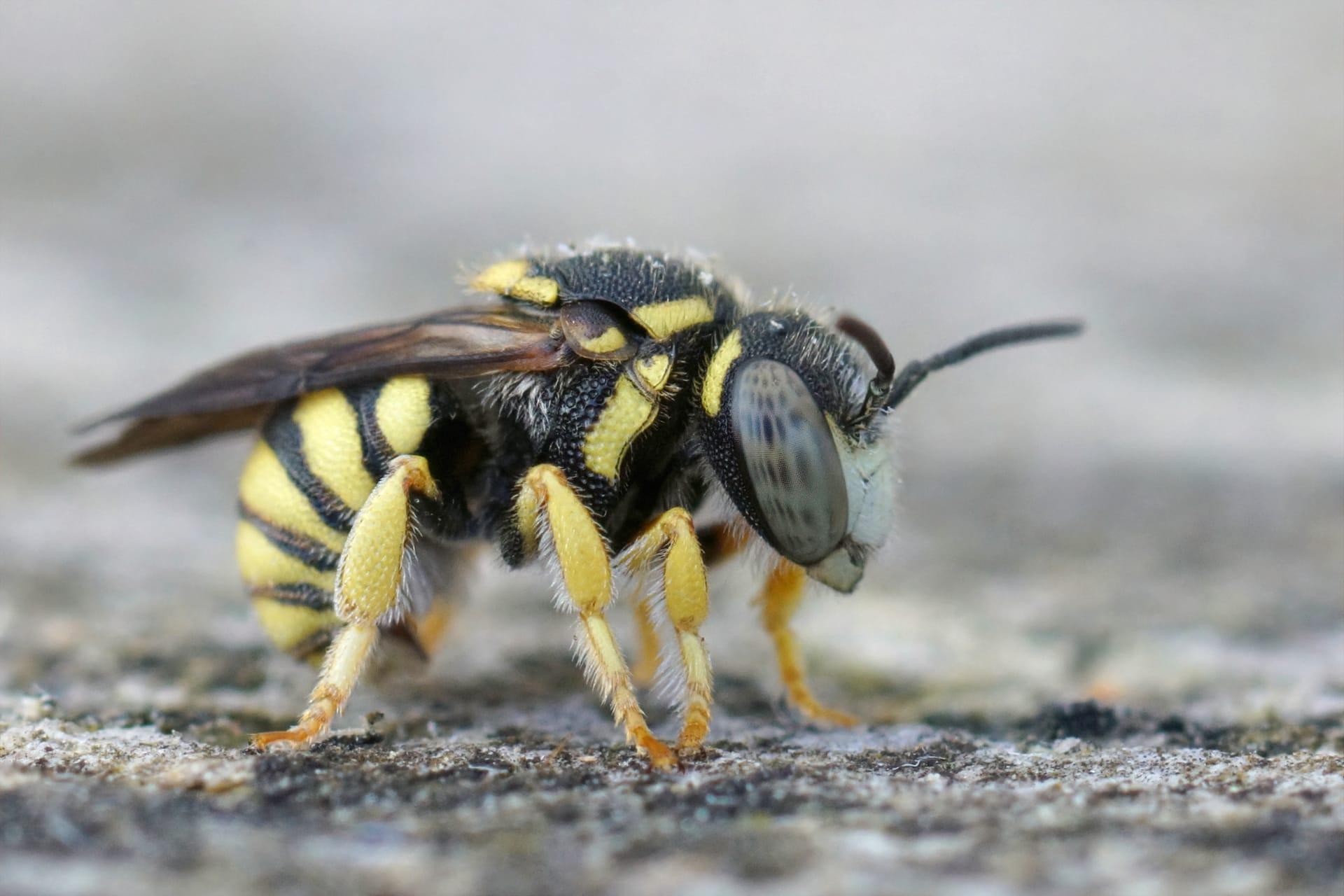1
Wasps are known for their remarkable ability to navigate back to their nests, traveling distances up to 1,000 meters from their home. They achieve this through a sophisticated use of visual landmarks, often creating mental maps of their surroundings. This cognitive ability is exceptional among insects, showcasing their advanced spatial awareness.
Another fascinating aspect of wasps is their role in biocontrol. Certain species, like the parasitoid wasps, are used in agriculture to control pest populations. These wasps lay their eggs inside or on the bodies of host insects, like caterpillars. When the eggs hatch, the larvae feed on the host, eventually killing it. This natural pest control method is environmentally friendly and helps reduce the need for chemical pesticides.

2
Some wasp species exhibit a unique trait known as 'facial recognition'. The Northern paper wasp, for instance, can recognize individual faces of fellow colony members. This is a rare skill in the insect world and is crucial for their social interactions, aiding in the maintenance of complex social structures within the colony.
Wasps also play a vital role in pollination. While they are not as effective as bees, they contribute significantly to the pollination of many plant species. Unlike bees, wasps can feed on nectar from a broader range of flowers, thanks to their longer bodies and ability to reach deeper into flowers. This makes them important pollinators for certain species of plants that bees cannot pollinate.

3
Did you know wasps can be surprisingly hygienic? Some species, like the common yellowjacket, meticulously clean their nests to prevent the buildup of debris and potential pathogens. They remove dead larvae, leftover food, and other waste materials, ensuring a clean and healthy environment for the colony.
Another interesting fact is about the diverse diet of wasps. While they are known for their predatory habits, feeding on other insects, many wasp species have a varied diet that includes fruits, nectar, and even human food. This adaptability in diet helps them survive in various environments, from forests to urban areas.

4
The life cycle of a wasp is a fascinating process. Starting as an egg, it develops into a larva, then pupates before emerging as an adult. What's intriguing is the role of the queen wasp. She is the only female in the colony capable of laying eggs, and during winter, she hibernates to emerge in spring to start a new colony. This cycle highlights the role of the queen as the cornerstone of wasp society.
Wasps have a unique defense mechanism beyond their well-known stings. Some species can release a pheromone signal to alert other wasps of danger. This pheromone acts as a call to arms, rallying nearby wasps to defend the nest or attack a perceived threat, making them formidable opponents when provoked.

5
Wasps have a surprising impact on wine production. The common wasp carries yeast cells in its gut, which are essential for the fermentation process in winemaking. When these wasps visit vineyards, they aid in the natural fermentation process by spreading these yeast cells, contributing to the unique flavors of certain wines.
Wasps exhibit remarkable architectural skills in nest-building. Using wood fibers mixed with their saliva, they create a paper-like material to construct their nests. The design of these nests varies among species, with some creating intricate, multi-layered structures that demonstrate their sophisticated engineering abilities and understanding of structural integrity.